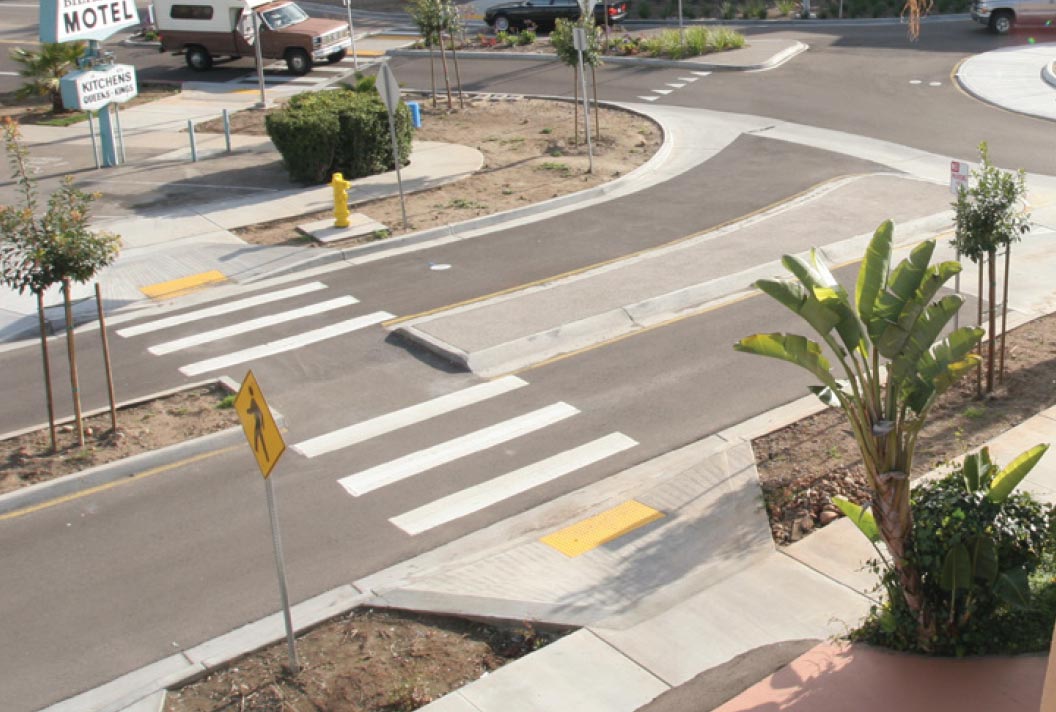crs1026
Superstar
I have made very good use of the monthly ped-only days in the past, and my only comment is - I fail to see how injecting that many people into a commercial zone, few of them arriving by car (they must come in some other way, because there isn't the parking to handle that many people) could possibly be bad for anyone's business.
Having said that, I take seriously the angst (founded or unfounded) over whether the change will transform the district into a different type of market.. Toronto does not need a cheesy tourist trap that only sells t-shirts with bad slogans, or head shops, or tatoo parlours. Kensington has to remain a district that Torontonians see value in visiting, a lifestyle district rather than a tourism or entertainment district. There's a je-ne-sais-quoi character to Kensington that makes it vital, so maybe a bit of extra caution should be exercised.
The one good point that the article makes is that Toronto is just not good at creating auto-free districts. That being the case, seizing Kensington as the best place to learn how to do that, does strike me as a somewhat risky strategy. Maybe we ought to demonstrate that we have mastered lessons learned from, say, King Street before we jump into this one
In the end, my gut says that the risks and levers to preserving Kensington don't have all that much to do with cars or parking, and I am ambivalent about whether this change would be all that harmful. However - The deciding vote for me is, I generally take Robert Allsop's sage views on things very very seriously. So if he was quoted correctly (I have not watched his deputation) I would say, let's find another district to practice the auto-free thing on first.
- Paul
PS - I have never bought either produce or clothing in Kensington, but I keep going back anyways. I'm really not sure why I go, but I love it all the same.
Having said that, I take seriously the angst (founded or unfounded) over whether the change will transform the district into a different type of market.. Toronto does not need a cheesy tourist trap that only sells t-shirts with bad slogans, or head shops, or tatoo parlours. Kensington has to remain a district that Torontonians see value in visiting, a lifestyle district rather than a tourism or entertainment district. There's a je-ne-sais-quoi character to Kensington that makes it vital, so maybe a bit of extra caution should be exercised.
The one good point that the article makes is that Toronto is just not good at creating auto-free districts. That being the case, seizing Kensington as the best place to learn how to do that, does strike me as a somewhat risky strategy. Maybe we ought to demonstrate that we have mastered lessons learned from, say, King Street before we jump into this one
In the end, my gut says that the risks and levers to preserving Kensington don't have all that much to do with cars or parking, and I am ambivalent about whether this change would be all that harmful. However - The deciding vote for me is, I generally take Robert Allsop's sage views on things very very seriously. So if he was quoted correctly (I have not watched his deputation) I would say, let's find another district to practice the auto-free thing on first.
- Paul
PS - I have never bought either produce or clothing in Kensington, but I keep going back anyways. I'm really not sure why I go, but I love it all the same.
Last edited:






